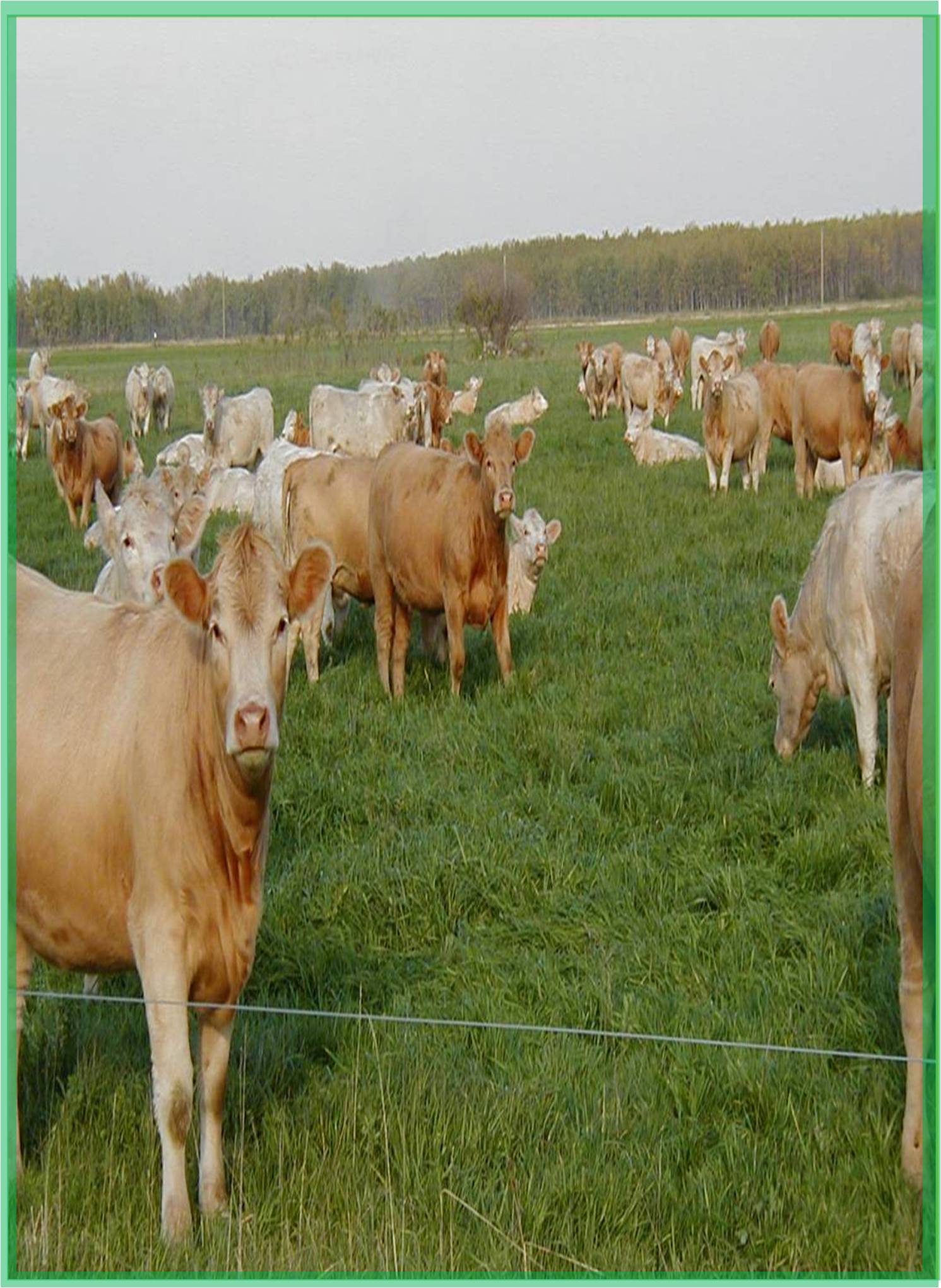



Received: 01-Feb-2022, Manuscript No. GJAS-22-59056; Editor assigned: 04-Feb-2022, Pre QC No. GJAS-22-59056 (PQ); Reviewed: 22-Feb-2022, QC No. GJAS-22-59056; Revised: 28-Feb-2022, Manuscript No. GJAS-22-59056 (R); Published: 07-Mar-2022, DOI: 10.15651/ GJAS.22.10.005
Farm owners have been using industrial agriculture for years. The industrialization of the common farm has become the leading model of agriculture in many nations throughout the world, based on the capitalist notion that mass production of one good will yield greater profits. It has unquestionable consumer benefits, making it particularly desired in the economies of the United States and Europe, where it was founded. Traditional market notions, such as inputs and outputs, are applied to agriculture in the aim of improving yield, whether it’s corn, cows, or bushels per acre, while lowering production costs (Union of Concerned Scientists). As a result, the producer is able to significantly cut consumer prices while also increasing foreign exports, which is a big appeal for many farmers.
Due to two economic principles, economies of scale and the utilisation of monocultures, industrial farmers are able to adopt this form of farming, cheap inputs with large returns.
Monocultures and economies of scale go hand in hand. Monoculture refers to a farmer’s decision to devote the majority, if not all, of his arable land to the cultivation of a single crop, such as wheat, potatoes, barley, or pasture. As a result, there is a viable economy of scale. This notion is best understood by comparing it to another sort of mass production.
In farming, the same rule applies. When only one crop is grown, only one type of seed, one type of cultivating machine, one type of pesticide, and one type of fertiliser are required, making the end product far less expensive than if it were grown on a farm with multiple crops, each requiring its own set of inputs.
Despite the fact that these farms only cultivate one crop at a time, crop rotation is nevertheless a common practise. Despite the fact that these farms only grow one crop at a time, crop rotation is still a common practise to allow the ground to naturally replenish its nutrients. Corn and soybeans, for example, are commonly rotated every two years because each plant extracts different nutrients from the soil (Union of Concerned Scientists). In theory, this is a sound agricultural practise. In practise, however, because the crops are grown on such a large scale 70 million acres in the United States (Union of Concerned); crop rotation does not provide true benefits, and instead only depletes the soil of nutrients, necessitating massive amounts of fertiliser for future growth.
Soybeans and corn do not fully replenish what they take away, contributing to one of modern agriculture’s most fundamental environmental flaws: soil degradation.
Furthermore, the crops chosen for these vast swaths of land have a significant impact on the soil’s nutrition. There is diversity even within a single crop. Not all soybeans, nor all corn plants, require the same amounts of nitrogen or sodium, nor do they all redeposit the same amounts of minerals. The soil degradation problem would be partly mitigated if farmers grew even a variety within a single type of crop.